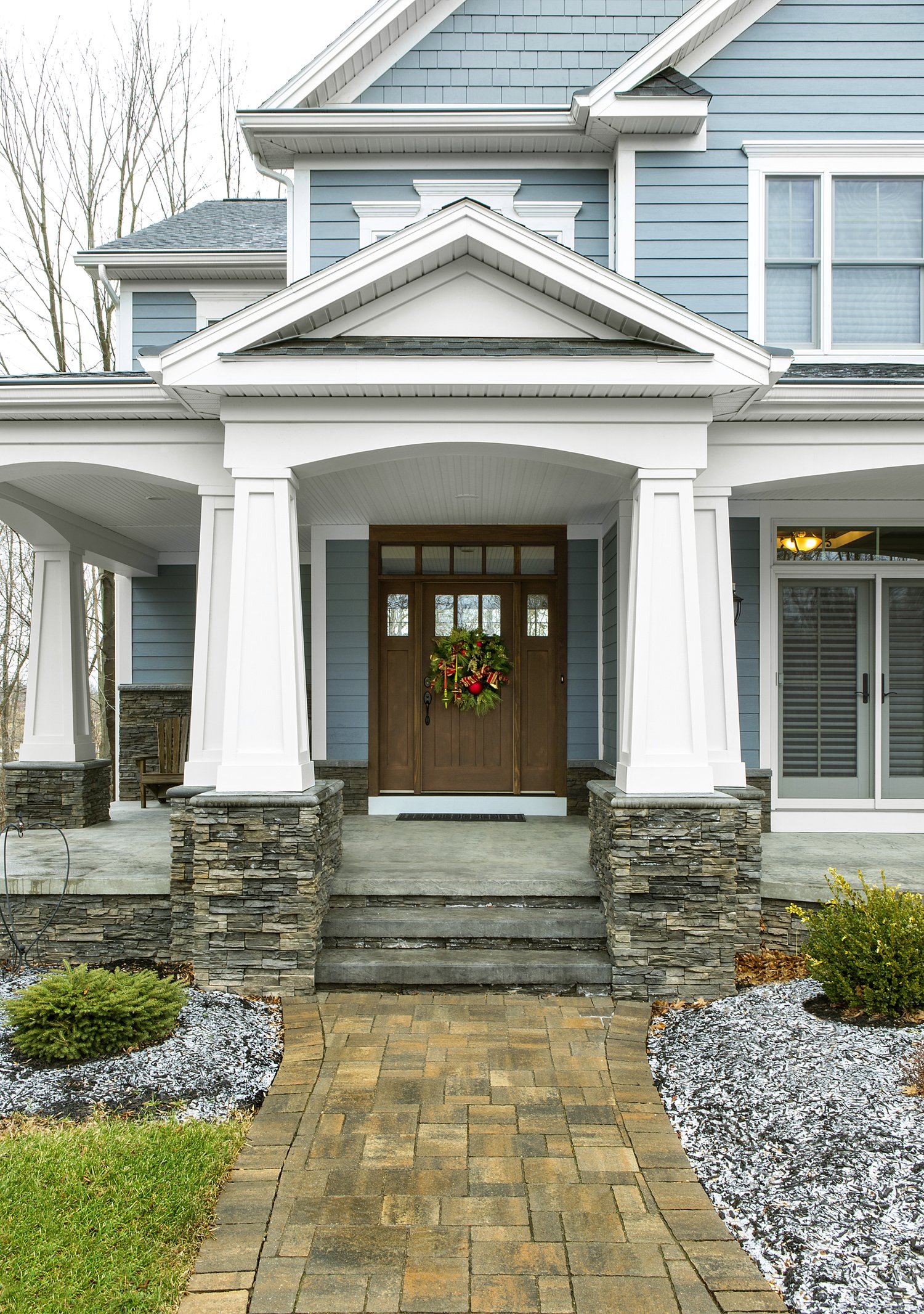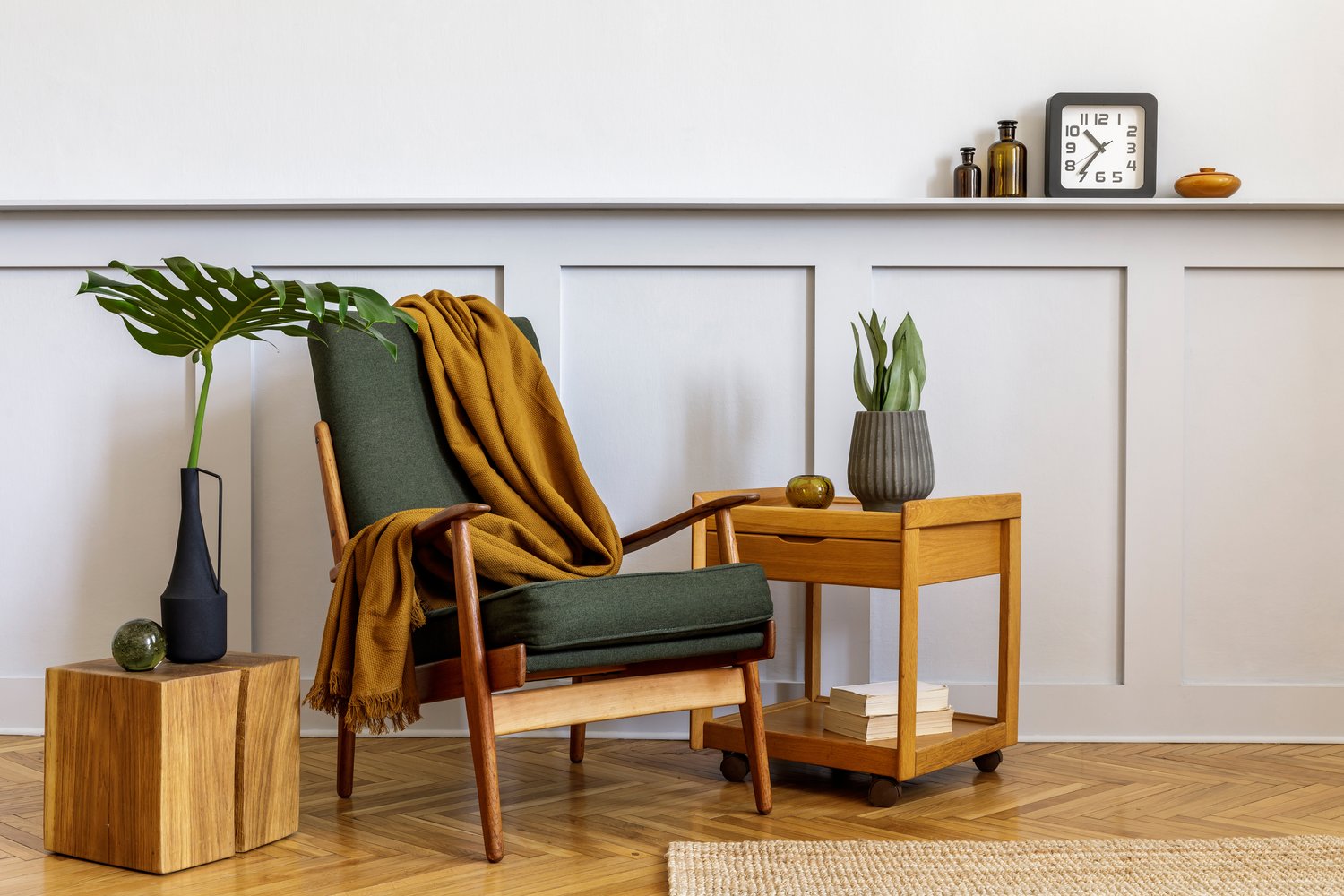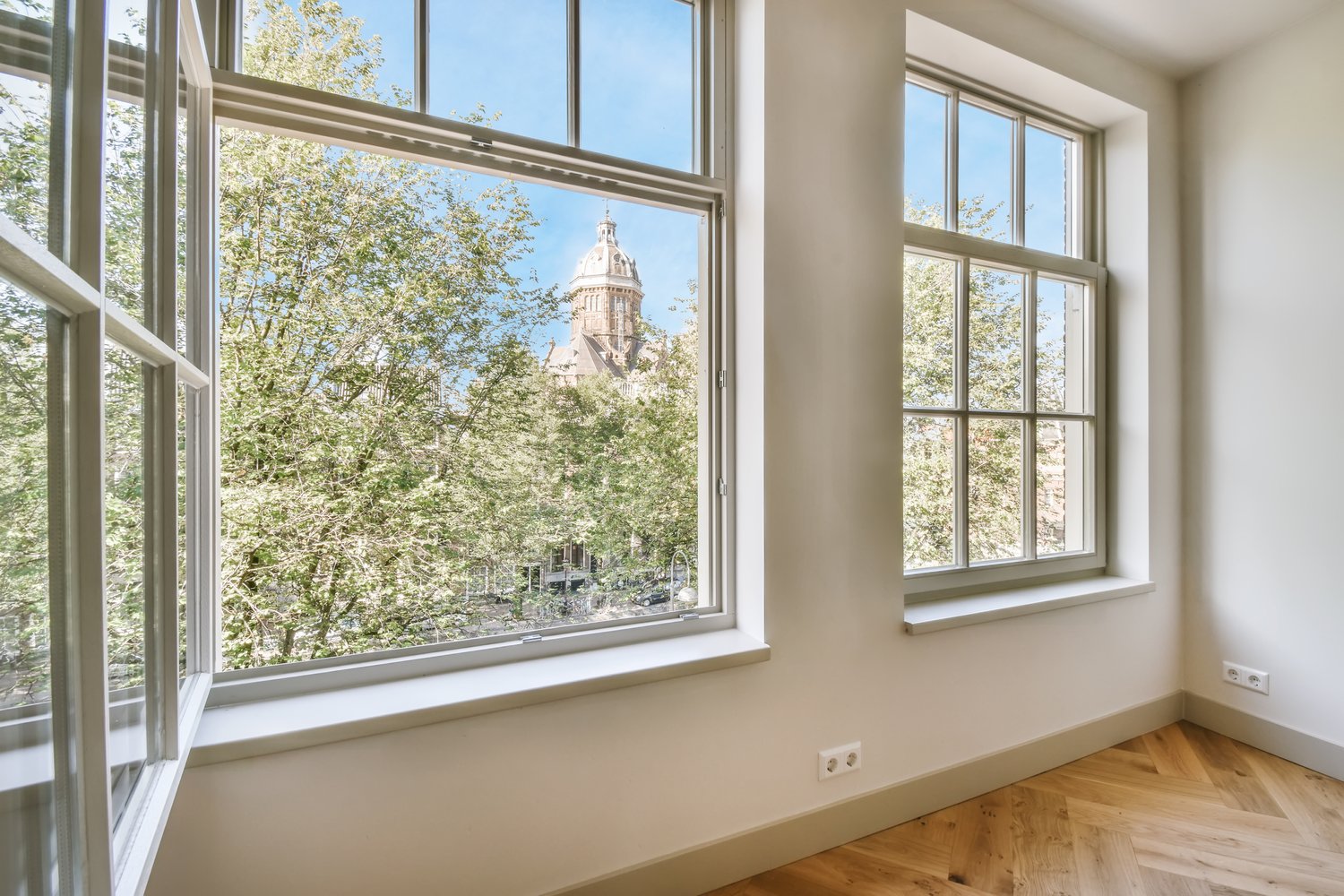Your front door serves as both the gateway to your home and a statement piece that reflects your personal style. Selecting the right door involves careful consideration of materials, security features, design elements, and how it complements your home’s overall aesthetic. This comprehensive guide will walk you through everything you need to know about choosing a new front door, from exploring various materials like composite and timber to understanding security requirements and discovering modern front door styles that can enhance your home’s curb appeal.
Understanding Front Door Materials
When exploring new front door ideas, the material is perhaps the most critical decision you’ll make. Each option offers distinct advantages in terms of durability, maintenance, insulation, and appearance. Timber doors provide classic beauty with natural grain patterns and can be stained or painted to match your home’s exterior. However, they require regular maintenance to prevent warping or rotting, especially in humid climates.
Composite doors have gained popularity for combining the aesthetic appeal of wood with enhanced durability. These doors are constructed from various materials pressed together, creating a product that resists weathering while maintaining an attractive appearance. When choosing front door material, consider that composite options typically offer better insulation properties than traditional timber, potentially reducing energy costs.
Steel and aluminum doors represent excellent choices for homeowners prioritizing security and longevity. These metal doors resist warping, cracking, and fire, though they may dent upon impact. Fiberglass doors offer another compelling alternative, mimicking the look of wood while providing superior resistance to dents, scratches, and weather-related wear.
Security Features for Peace of Mind
Creating secure front doors involves more than just selecting a sturdy material. The locking mechanism represents your first line of defense against unwanted entry. Modern multi-point locking systems engage the door at several points along the frame, providing substantially improved security compared to traditional single-point locks.
Door frames deserve equal attention when evaluating security. Even the sturdiest door becomes vulnerable if installed in a weak frame. Look for reinforced frames that anchor securely to your home’s structure. Many homeowners enhance their door security with smart technology, including keyless entry systems, video doorbells, and remote locking capabilities that can be controlled via smartphone apps, as recommended by security experts at AskHomey.
Glass elements in doors present both aesthetic opportunities and security considerations. If you desire windows in your door, consider laminated or tempered glass that resists breaking. Alternatively, position glass panels away from locks to prevent potential intruders from reaching inside to unlock your door.
Finding Your Perfect Style
Modern front door styles offer endless possibilities to express your personal taste while complementing your home’s architectural character. Contemporary designs often feature clean lines, minimalist hardware, and strategic use of glass to create a sleek appearance. These doors frequently incorporate materials like aluminum or composite with matte finishes in bold colors or natural tones.
Traditional front doors typically showcase detailed paneling, decorative glass inserts, and classic hardware finishes like brass or bronze. These designs work beautifully with colonial, craftsman, or Victorian-style homes. For those seeking a balance between contemporary and traditional elements, transitional door styles incorporate aspects of both approaches, offering versatility that works with various architectural styles.
Color selection dramatically impacts your door’s contribution to curb appeal. While classic white, black, and natural wood tones remain popular, don’t hesitate to explore statement colors like navy blue, forest green, or even bright red if they complement your home’s exterior palette. Many modern front door styles incorporate two-tone approaches, using different colors for the interior and exterior sides.
Energy Efficiency Considerations
Beyond appearance and security, your front door plays a significant role in your home’s thermal efficiency. Doors with poor insulation properties can create drafts and increase heating and cooling costs. When evaluating options, look for doors with high R-values, which indicate superior insulation performance. Many quality doors incorporate foam cores within their structure to enhance energy efficiency.
Weather stripping and proper threshold design prevent air infiltration around the door’s edges. Quality doors feature multiple seals and adjustable thresholds to maintain a tight barrier against the elements. Additionally, many manufacturers offer ENERGY STAR rated doors that meet specific efficiency standards, potentially qualifying for tax incentives while reducing your environmental footprint.
Installation and Maintenance
Even the highest-quality door will underperform if improperly installed. Professional installation ensures your door hangs correctly, seals properly, and functions smoothly. Installers can also identify and address structural issues with the existing door frame that might compromise your new door’s performance.
Maintenance requirements vary significantly between materials. Timber doors typically need regular inspection, cleaning, and occasional refinishing to maintain their appearance and integrity. Composite, fiberglass, and metal doors generally require simpler maintenance—primarily cleaning and periodic hardware lubrication. When choosing front door material, honestly assess how much maintenance you’re willing to perform to keep your selection looking its best.
For more tips and to connect with reliable home service professionals, follow AskHomey on Facebook and Instagram.



